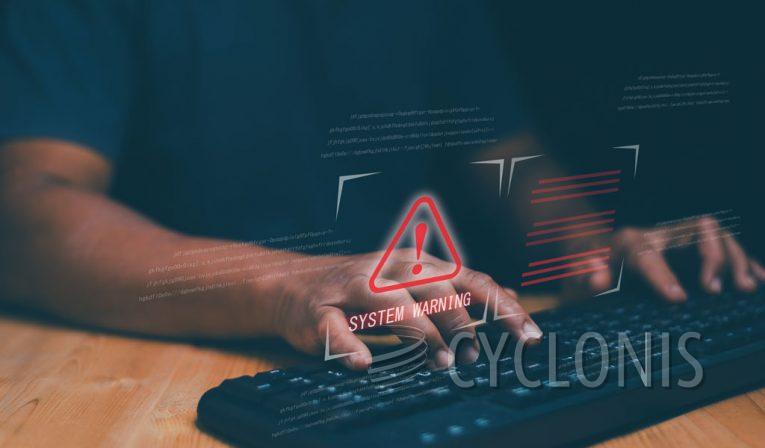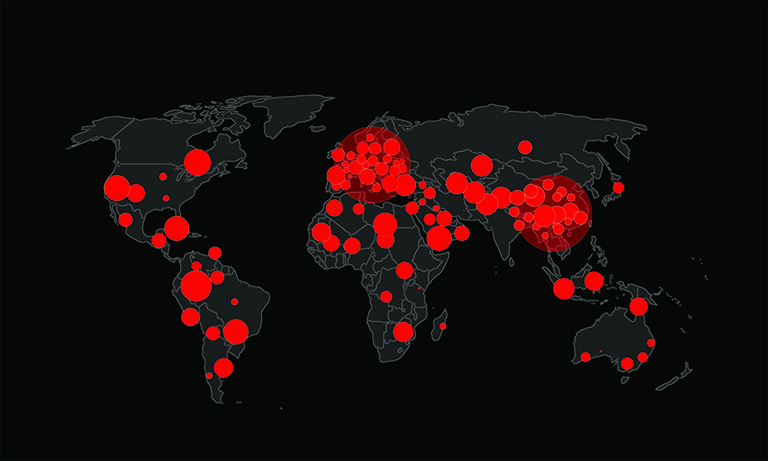PipeMagic Malware: Dive into the Cybersecurity Threat

PipeMagic Malware has drawn the attention of security researchers and technology companies alike. Initially detected in 2022, this sophisticated trojan has been implicated in multiple cyberattacks and has recently been linked to the exploitation of a zero-day vulnerability in Windows. With its potential to escalate privileges and deploy ransomware, PipeMagic serves as a stark reminder of the importance of proactive cybersecurity measures.
Table of Contents
What is PipeMagic Malware?
PipeMagic is a modular, plugin-based trojan that exploits vulnerabilities in Windows systems. It has been associated with the delivery of ransomware and privilege escalation attacks, making it a formidable tool for cybercriminals. Microsoft recently confirmed that PipeMagic was used in conjunction with the exploitation of CVE-2025-29824, a security flaw in the Windows Common Log File System (CLFS), allowing attackers to gain elevated privileges within compromised systems.
Unlike conventional malware, which typically relies on known attack vectors, PipeMagic leverages zero-day vulnerabilities—previously unknown security flaws that software vendors have not yet patched. This makes it particularly dangerous, as security solutions often struggle to detect and mitigate attacks before significant damage is done.
The Implications of PipeMagic Attacks
The recent campaign leveraging PipeMagic targeted a diverse range of industries, including IT, real estate, financial services, and retail. Notably, these attacks spanned multiple geographic regions, with victims identified in the United States, Venezuela, Spain, and Saudi Arabia. Such a broad scope suggests that the threat actors behind PipeMagic are well-resourced and strategic in their operations.
One of the most concerning aspects of these attacks is the use of privilege escalation. By exploiting vulnerabilities like CVE-2025-29824, attackers can obtain SYSTEM-level privileges, granting them unrestricted access to a compromised system. This allows them to execute malicious code, extract sensitive data, and deploy ransomware payloads with minimal resistance.
In some instances, attackers have used a technique involving the Windows utility Certutil to download malicious payloads from compromised legitimate websites. This method enables them to bypass traditional security defenses and establish a foothold within targeted environments. Additionally, the malware has been found embedded in malicious MSBuild files, which contain encrypted payloads that are later decrypted and executed.
PipeMagic’s Role in Ransomware Deployment
PipeMagic has not only been used to facilitate privilege escalation but has also played a direct role in ransomware operations. Previously, the malware was linked to attacks involving Nokoyawa ransomware, where another zero-day flaw in CLFS (CVE-2023-28252) was exploited. More recently, evidence suggests that PipeMagic has been used to deploy ransomware associated with the RansomEXX family.
The primary goal of these ransomware campaigns is financial gain. By encrypting a victim’s files and demanding payment for decryption, cybercriminals seek to extort organizations into paying hefty ransoms. However, these attacks can have broader consequences beyond financial loss. If sensitive data is compromised, organizations may suffer operational disruptions, reputational damage, and regulatory penalties.
Mitigation and Defense Strategies
While the emergence of PipeMagic highlights the evolving sophistication of cyber threats, organizations can take proactive steps to mitigate the risk of infection:
- Apply Security Patches Promptly: Since Microsoft has released patches for vulnerabilities exploited by PipeMagic, including CVE-2025-29824, ensuring that systems are up to date is critical in preventing attacks.
- Enhance Access Controls: Restricting administrative privileges and implementing the principle of least privilege can curb the damage that malware like PipeMagic can inflict.
- Monitor for Anomalous Activity: Organizations should deploy endpoint detection and response (EDR) solutions to identify suspicious behaviors, such as unauthorized privilege escalation or unusual file encryption activities.
- Educate Employees on Cybersecurity Best Practices: Social engineering remains a common attack vector. Training employees to recognize phishing attempts and malicious downloads can help prevent initial infections.
- Utilize Network Segmentation: By segmenting networks, organizations can prevent lateral movement of malware, reducing the likelihood of widespread system compromise.
The Future of PipeMagic and Cybersecurity
As cybersecurity experts continue to analyze PipeMagic, it is evident that cybercriminals are becoming more adept at leveraging zero-day vulnerabilities to advance their objectives. While Microsoft's recent patching efforts address known exploits, the adaptability of malware like PipeMagic suggests that similar threats will persist in the future.
Moreover, given that this malware has been active since at least 2022, it is likely that new variants will emerge with enhanced capabilities. The cybersecurity community must remain vigilant, employing a combination of threat intelligence, advanced security technologies, and robust organizational policies to stay ahead of these evolving threats.
In conclusion, the emergence of PipeMagic underscores the importance of maintaining a proactive cybersecurity posture. By understanding how this malware operates and implementing effective defense strategies, organizations can do a better job at protecting themselves against the next wave of cyberattacks.









